CW79 April, 2022
Corona 9th wave may be probable
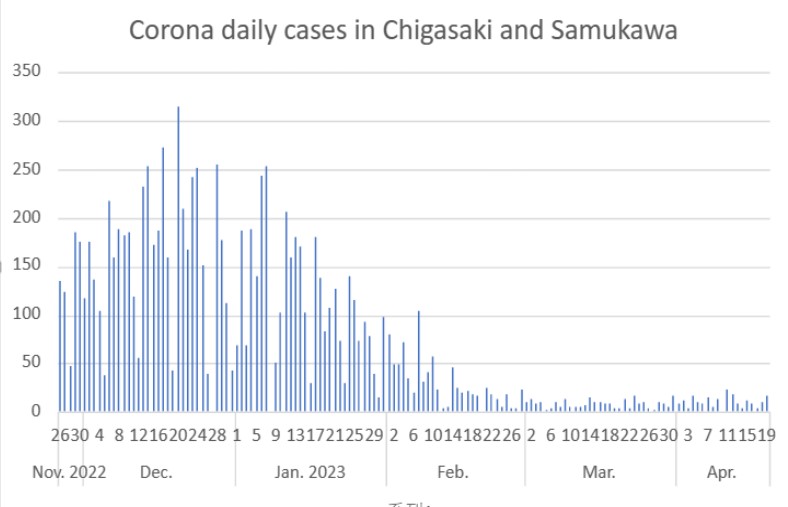
In the April 9 meeting of the health ministry, medical specialists assumed that the coronavirus infection may spread after the “Golden Week” holidays. Some of them reported that the 9th wave could be larger than the 8th. According to materials shown at the meeting, new cases across the nation for the week ending April 18 increased by 1.06 from the previous week: Tokyo at 1.05, Kanagawa at 1.02, Saitama at 1.11, and Chiba at 1.03. The meeting concluded that daily cases will level off or increase gradually from then on. The meeting also pointed out that people should be mindful that the immunity acquired from vaccination or infection becomes weak with the lapse of time, and our immunity may not be effective against the new highly infectious variant, Omicron XBB, which is replacing current major viruses.
The Centers for Disease Control and Prevention of the US has announced that for the week ending February 11, 74.7% of all cases were infected with Omicron XBB.1.5, an increase of 9% from the week before. The number of daily cases is increasing in the US.
Elderly people and people suffering from chronic diseases should continue preventive measures, says the government. Vaccinations will start in May for such people. In Chigasaki, Fujisawa and Hiratsuka, recent daily cases have been up to 30.
Society is shifting to post-corona lives, and cannot return to restricted lives. We will have to get along with corona in the future.
Results of the prefectural assembly and gubernatorial elections
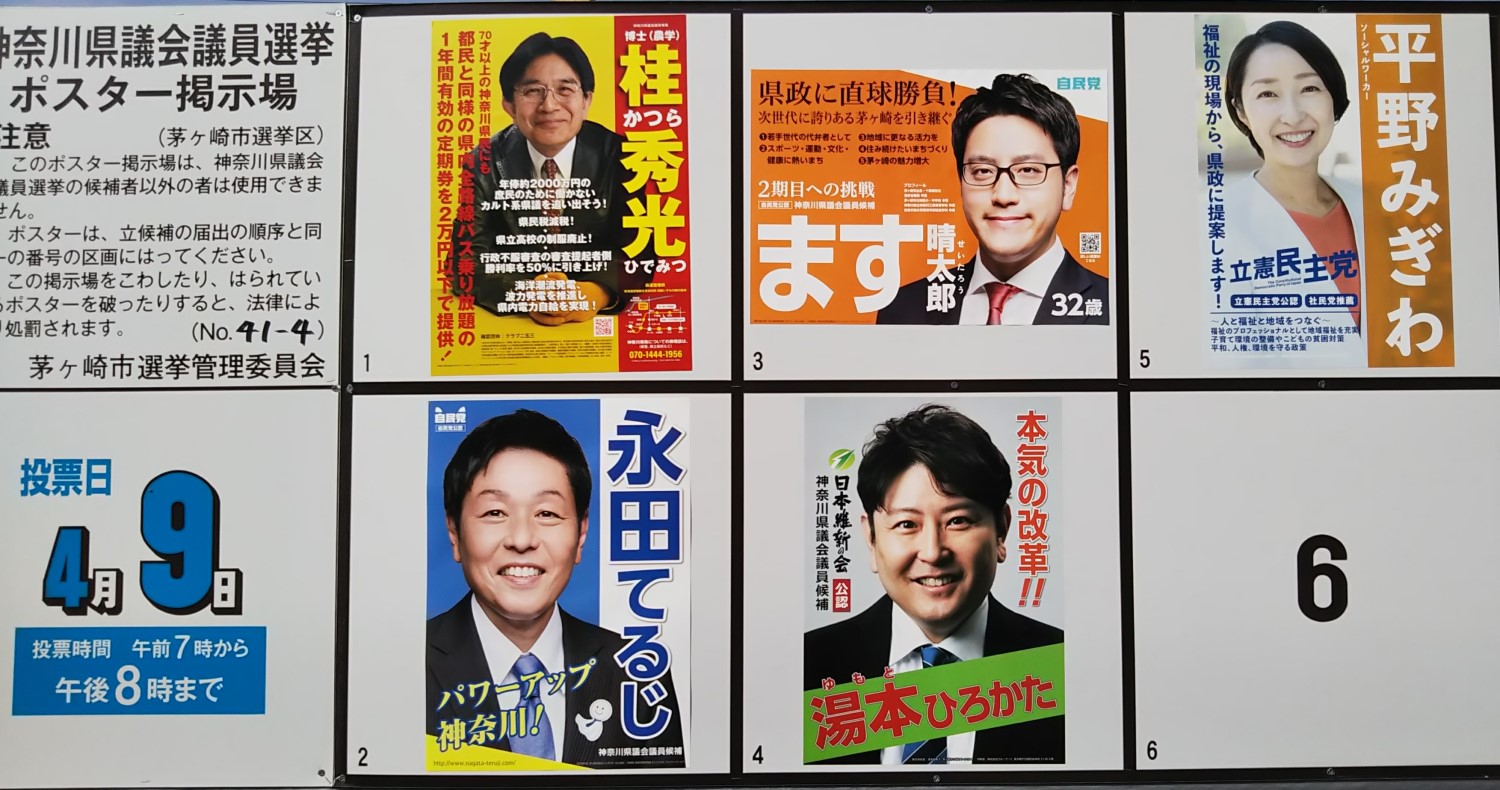
Unified local elections were held on April 9 (Sun). In the Chigasaki constituency of the prefectural assembly election, five candidates, including two incumbents of the Liberal Democratic Party (LDP), vied for three seats. Three other candidates were an independent, and one member each of Nippon Ishin and the Constitutional Democratic Party of Japan (CDP). The votes were counted on the day.
The two LDP incumbents, and one CDP newcomer won the election. The CDP incumbent did not seek a new term, and CDP candidate Migiwa Hirano succeeded her. The voting rate was 35.8%. The three successful candidates received 23,100, 19,600 and 16,700 votes, respectively.
In the gubernatorial election held on the day, incumbent Yuji Kuroiwa won a fourth term, defeating three newcomers. Until weekly magazine Bun-shun had uncovered his decade-long love affair from the year 2000 three days before the polling day, his election campaign had gone well. He acknowledged his past misconduct and apologized to voters. He got about two million votes, over three times that of the runner-up. However, his votes had dropped by 320,000 since last time.
Flowers of the season: Dandelion
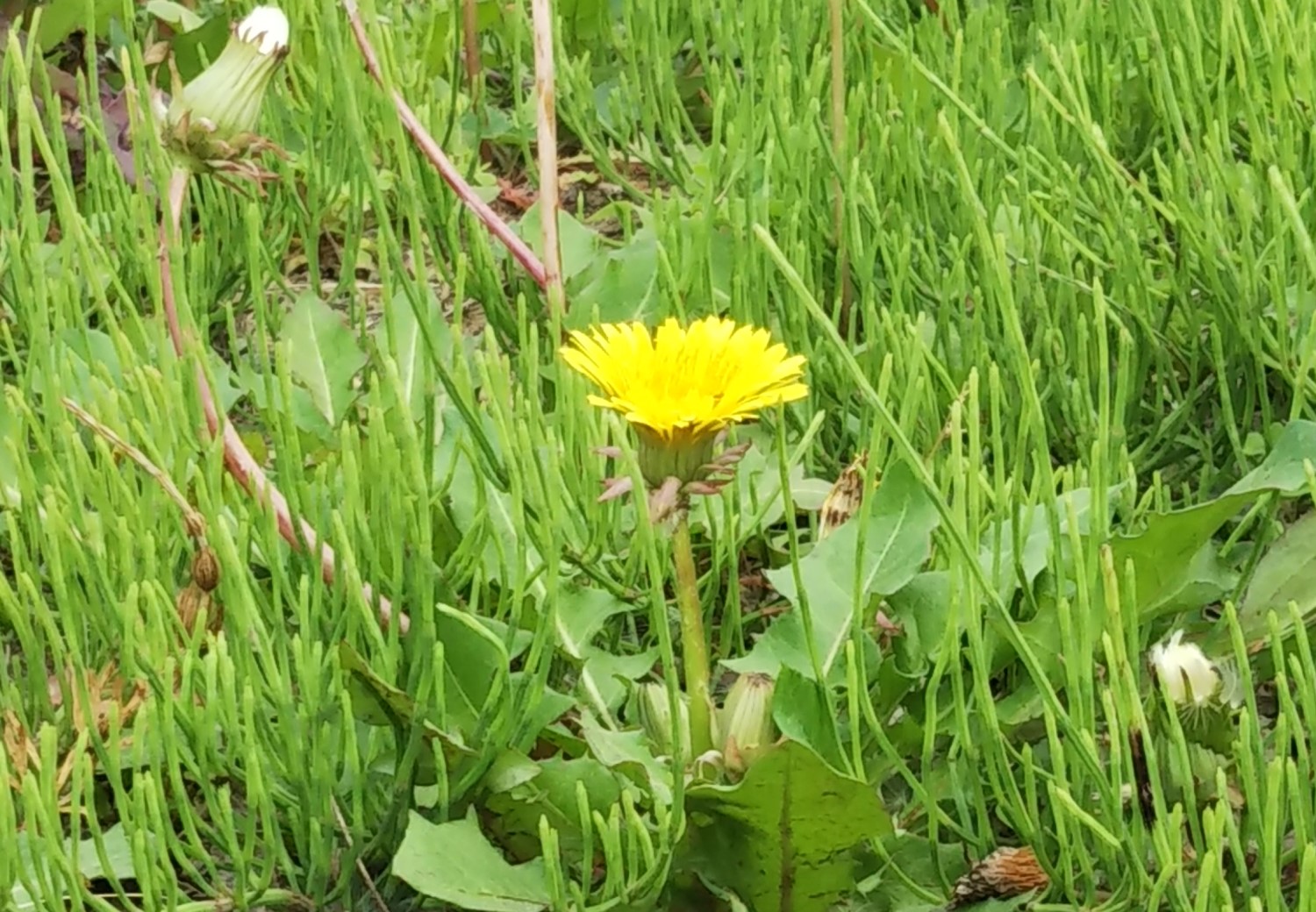
Dandelions are distributed widely throughout the Northern Hemisphere. The yellow flowers bloom for three to seven days between March and May. After the flowers wither away, the stems lie down on the ground, and the seeds are enfolded with fluff. Two weeks after the flowering is finished, the stems having fluffy balls on their tips stand up again and grow to raise the fluffy balls higher than the original flowers so that the seeds can fly far away.
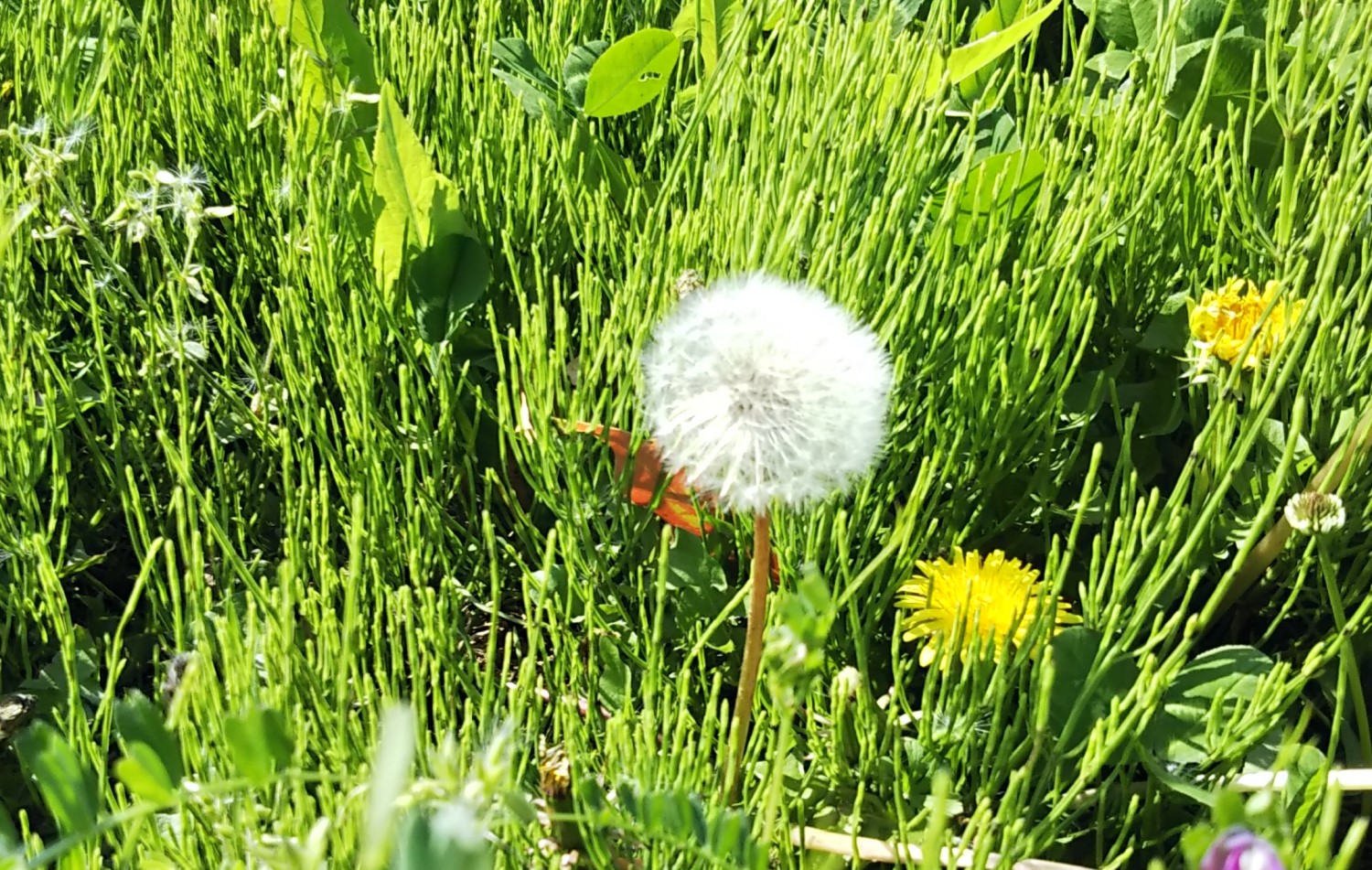
The flower on the stem looks a mass of many long and thin ray florets. Their radical leaves are arranged in a rosette configuration. Each leaf is lobed, and becomes wider towards its tip. The perennial plant of the composite family has 400 varieties in the world and from 20 to 30 varieties grow as wild plants in Japan.
The dandelion is roughly classified into two varieties: one is the western dandelion, which is commonly called just “dandelion” because the variety is dominantly observed in urban areas, and the other is “Japanese dandelion”. Western dandelions were once brought into Hokkaido, Japan’s northernmost area, as a vegetable in the late Meiji era. Residents used to eat boiled young leaves and flowers. Its roots, growing from 50 centimeters to one meter, were used for the raw material of dandelion coffee, which was made by decocting fine pieces of roots. People had the coffee specifically during wartime. Dandelions are vigorous and grow up even in small rifts in asphalt roads, and flower anytime regardless of the season.
The Japanese dandelion is an insect-pollinated flower, and its seeds are bigger and heavier than those of the western dandelion. Seeds taken by the wind form rosette leaves in autumn. They can grow in a good environment. One of the characteristics of the Japanese dandelion is that the involucre ties up a bunch of flowers, and involucral scales do not roll back or hang down. They are fond of well-drained places with plenty of the sunlight. It is known that they have stomachic properties and diuretic effects.
History of Chigasaki: Takata Village (1)

Takata Village in the Edo period was a tiny rectangular-shaped village. There were only three small sections: Okubo, Rokutomaki, and Tsuruta. 新編相模風土記稿 (the new edition of Sagami province topography), which was published in 1841, describes there were only 21 houses. Records in 1879 says there were 41 houses, including two shrines and one temple.
Lords of the village had been the Ooka and Nagata families until the era name was changed to Meiji in 1868. The Ooka family were related to two other Ooka families, which were also lords of Tsutsumi Village and Omagari Village of Samukawa.
In Takata Village, there still remains an old picture drawn in 1866. According to the picture, the village was bordered north by Akabane Village, and along the border, Oyama highway ran. Along the highway, tens of houses, San-no-sha Shrine and village shrine Kumano-sha Shrine are drawn. A large rice paddy was at the center of the village.

In the southern area called the Tsuruta section, houses are drawn, too. There used to be three houses in Tsuruta. Children enjoyed singing, “thousand houses in Oyama, thousand in Suka, three hundred and sixty in Nango, and only three in Tsuruta of Takata Village”. After the three families left Tsuruta for some problems during the Russo-Japanese War (1904-05), only Inari shrine, which had been worshiped at by them, remained in their residential site called “Tsuruta Forest”. Before people were aware of it, the shrine had been moved to somewhere else, and the area was developed for housing in the mid-1960s. The place where the three houses were located was along Koide prefectural road (Endo-Chigasaki prefectural road), about 100m south-east of the Takata post office.
About the village shrine, 皇国地誌 (the topography by the Meiji government) describes that lord Hayato Ooka transferred a divided deity of Kumano Hongu Taisha in Wakayama to the village shrine in 1658. About San-no-sha Shrine, 皇国地誌 says that lord Ooka separated and brought a deity of Hiei Taisha of Ohmi, today’s Shiga prefecture, in 1720. Today, Kumano-sha Shrine is called Kumano Shrine, and San-no-sha was moved to the present place in 1909.
Election for city assembly members
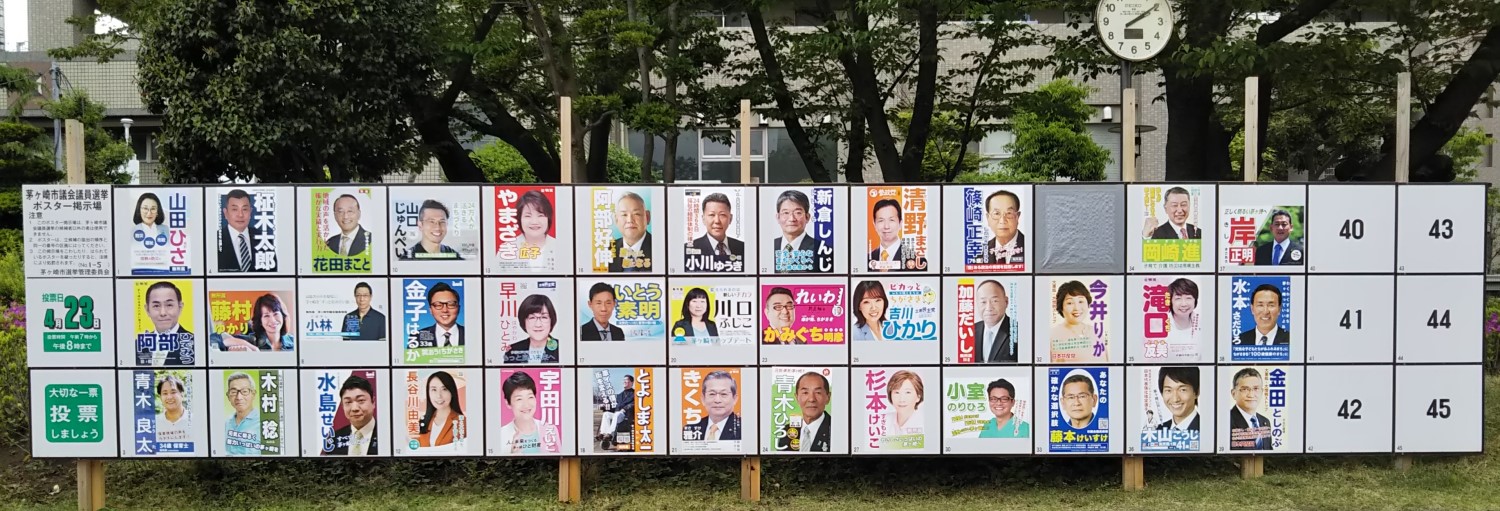
Campaigns started for the city assembly election, the second half of the unified local elections, on April 16 (Sun). Thirty-eight candidates, 21 incumbents, 15 newcomers, and two former assembly members, ran for 28 seats. Of the 38, 23 are independent, four from the New Komeito, and three from each of the Liberal Democratic, and Constitutional Democratic Parties, and 11 or 29%, are female. This percentage of female candidates was slightly higher than those of the three biggest cities in Kanagawa, Yokohama, Kawasaki and Sagamihara, 24.6% on average, where elections for city assemblies were held on April 9 (Sun). As one candidate unfortunately died on April 17 (Mon), to fill the vacancy nominations for a new candidate will be accepted until April 20 at 17:00pm.
The polling day is April 23 (Sun), and the ballots will be counted on the same day. Candidates repeated their names at the corners of major streets, in front of Chigasaki Station, and from campaign cars during the campaign week. They were earnest in giving good impressions to passersby.
Library books are available at the Station

The city has placed a locker next to the elevator at the southern end of the station concourse. Citizens are able to borrow library books from the locker, 24 hours a day, 7 days a week, by reserving them in advance. The locker, having 46 sections, has been operative since March 28 (Tue). After reading books, borrowers are able to return them to the return box placed on the right of the locker.
How to borrow books:
1) You should reserve books, and specify that you want to get them from the locker.
2) An email from the city library goes to your registered mail address to inform you that the books have been placed in the locker.
3) Open the locker by showing the bar code of your library card to the locker’s operation panel.
Citizens who want to use the system have to have library cards and register their mail addresses with the city library. Items citizens can borrow by the system are books and audio-visuals of the city library and other public libraries in the prefecture. However, large books, Kamishibai and frames, and cloth picture books cannot be borrowed.
Interested in Japanese proverbs?
1) 聞いて極楽見て地獄 (KIITE GOKURAKU MITE JIGOKU)
KIITE means to hear, GOKURAKU a paradise, MITE to see, and JIGOKU hell.
It often happens that something which sounds like as good as a paradise looks like as bad as hell for you. In general, the impressions that organizations give outsiders are different from what insiders feel about them. In fact, companies with good reputations do not always treat their employees sincerely. Not a few companies seem to be like this.
There are several similar proverbs, one of which is: a picture is worth a thousand words. And to experience something oneself is worth a thousand pictures.
The saying is in 諺苑, or Gen-en, a collection of popular sayings spoken by ordinary people. The collection in six volumes was completed in 1797.
Its English equivalents are:
●A paradise on hearsay, a hell at sight.
●Hearing is one thing, but seeing is another.
●Seeing is believing.
2) これに懲りよ道才坊 (KORENI KORIYO DOSAIBO)
KORENI means this incident, KORIYO learn your lesson, and DOSAIBO a meaningless word, probably added to make this saying easy to say.
Once we suffer a bitter humiliation, we learn a lot from the embarrassment, and regulate our behavior not to repeat the same mistake. We can learn from something we have done wrong. It is really important to reflect on the failure. The longer we live, the more experiences we have. Experience teaches us wisdom. But we tend to lose moral sense as we get older. It is not easy, though, to always be sensitive to changing social norms.
The saying is in 五十年忌歌念仏, or Gojunenki-utanebutsu, which is a joruri story (浄瑠璃作品) by Monzaemon Chikamatsu, and was first played in 1709.
Its English equivalents are:
●A burnt child dreads the fire.
●A single failure will discourage you from trying again.
●Out of experience comes wisdom.
Short Essays on Chigasaki-2 Yamato-Takeru-no-Mikoto & the Koshikake Shrine (Bimonthly serial)
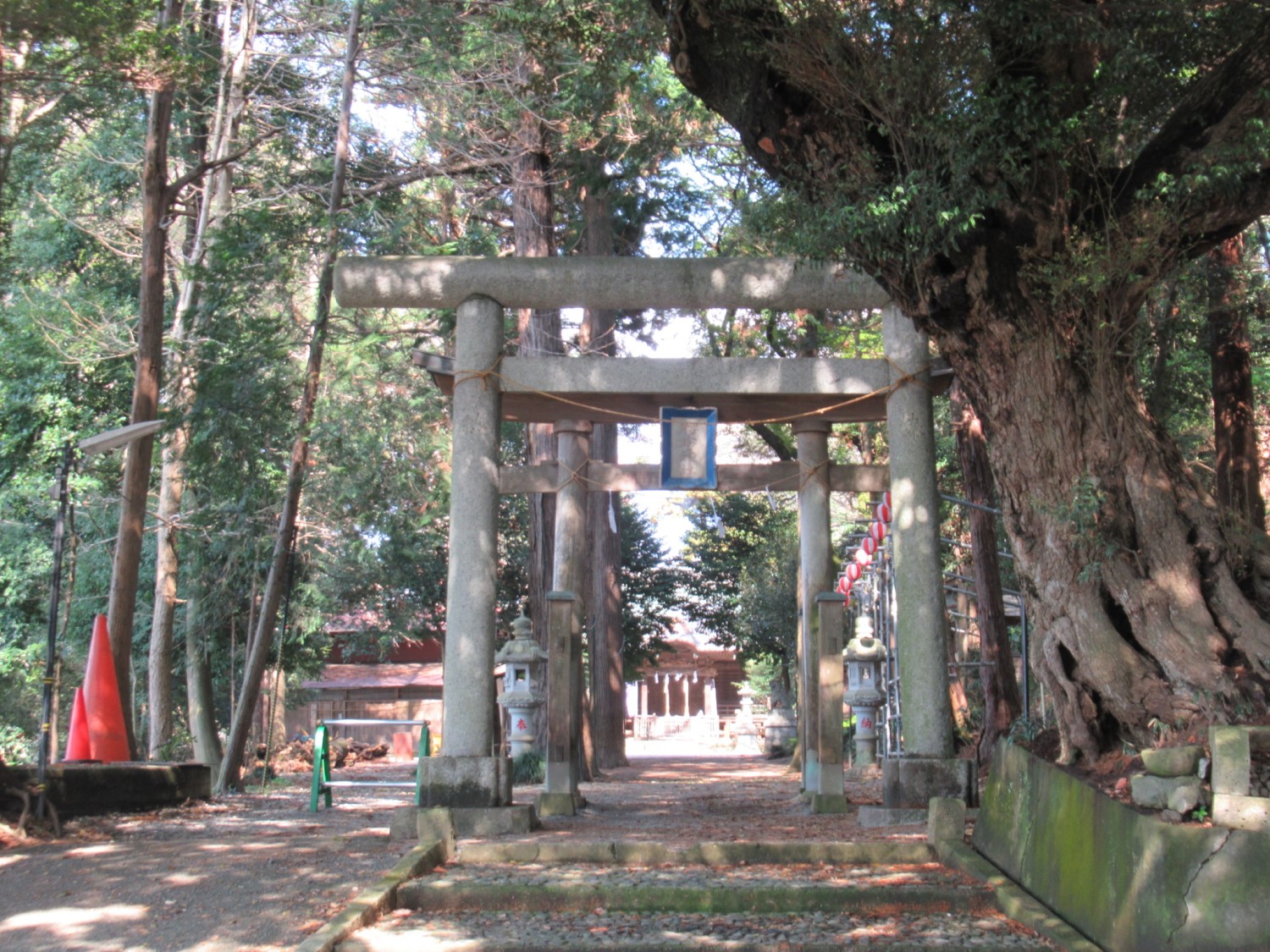
Yamato-Takeru-no-Mikoto (日本武尊), the son of the 12th Emperor of Japan, Keiko (12代 景行天皇, 71-131), is enshrined at the Koshikake Shrine (腰掛神社) at Serizawa in the northernmost area of Chigasaki. A stone is placed at the side of the shrine’s main building. On his way to eastern provinces to conquer the area in 111, he took a rest, sitting on the stone for a while.
According to the Record of Ancient Matters (古事記), his squad left Yamato, went on to east and entered Sagami. When they boarded a battleship on Hashirimizu Beach to sail for Kazusa, a strong wind began to blow, prevented them from crossing the ocean, and the battleship was on the verge of overturning. However, his wife, Ototachibana-hime (弟橘媛), who accompanied him, threw herself overboard to calm the raging sea. In an instant, the strong wind stopped, the sea became as smooth as the surface of the mirror, and the ship successfully sailed to Kazusa.

On his way back to Yamato after conquering the eastern provinces, he went past Hashirimizu, remembering his wife. He sighed deeply three times, saying, “My dear wife (吾が妻)!”. That is why the eastern provinces came to be called Aduma (吾妻, my wife).
The Koukoku-chishi (皇国地誌), published in 1886, describes that the deity of the Koshikake Shrine is Yamato-Takeru-no-Mikoto. The spirit of the deity dwells on the stone he sat on for a while on his way to the eastern provinces.
(The source of the essay: Chigasaki People’s Book published by Chigasaki City)
*The Hashirimizu Shrine in Yokosuka stands to enshrine two deities, Yamato-Takeru-no-Mikoto and Ototachibana-hime. Her comb, which was washed ashore a few days after she threw her body into the sea, is also enshrined together at the shrine.
Michi-no-Eki Shonan Chigasaki, a service area on R134

A service area on R134 in Yanagishima, on the corner of Teppo-michi and R134, is going to open in 2025. The city held a naming contest in January and received a total of 1,216 applications. For the three most proposed names, the city asked citizens again in March which was the best of the three names’ kanji or kanji-hiragana writing? Finally 湘南ちがさき, reading Shonan Chigasaki, was selected.
Service areas on highways are called “Michi-no-Eki”.
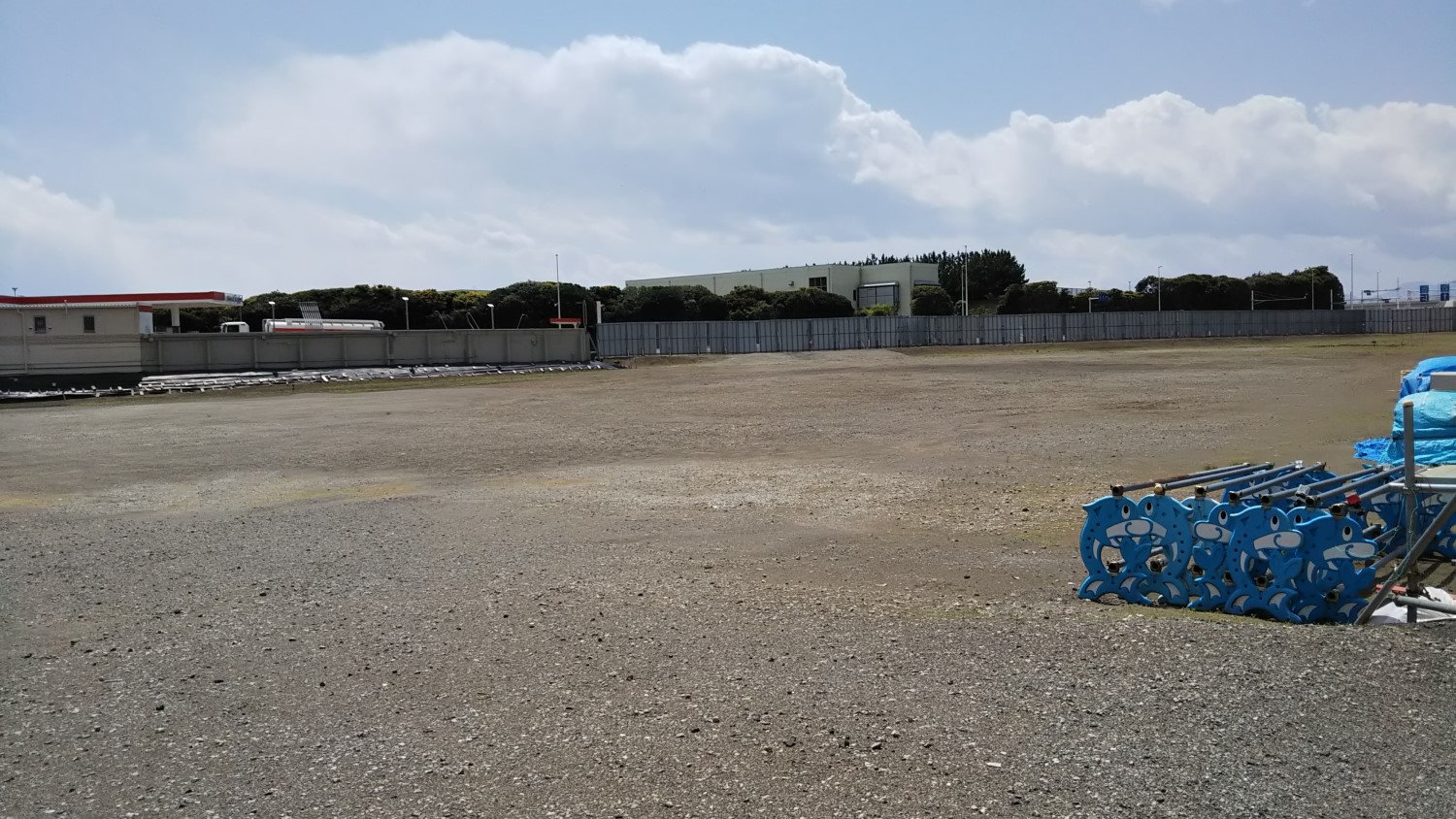
Sagami expressway was completed in 2015, giving people in Yamanashi and Nagano prefectures easy access to the Shonan area, and the other way around. This would contribute to increasing sales opportunities for products of Chigasaki. The service area aims to send out tourist information, and sell local agricultural, livestock and marine products.
The area will also provide a convenient rest spot for travelers by car going to and coming from Hakone, Atami, Izu, and other Shizuoka areas through Seisho bypass because there is no such wide area along the Shonan Beach.
Local products which are going to be sold at the area include burgers, ice cream, fruits, bread, aloha shirts, and flip flops. For more information, go to https://www.chigasaki-brand.jp/
The two photos were taken on April 17. The service area was to open in March 2022, but the construction work had been stopped due to the corona pandemic.
Events in April
Cherry blossoms lit up at Samukawa chuo koen
Over 20 cherry trees out of 80 in Samukawa chuo koen were lit up from 18:00 to 19:30 on April 1 (Sat) and the 2nd (Sun). The night viewing event was promoted by Samukawa Tourism Association. A cherry tree tunnel was gradually turned into red, yellow, green, blue, and violet continuously by more than 40 multi color LED lights (about 2 lights a tree). Families with children, couples of various ages, and friend groups were enjoying colorful cherry blossoms and a festive mood at night. Not only children but elderly people expressed admiration for the event.
The 2nd Yasutake Oshima sketch exhibition

His 2nd solo exhibition was held at Citizen Gallery, on the fourth floor of N’EST-CE PAS Chigasaki, from April 14 (Fri) to the 17th (Mon), for the first time in two years. On display were around 70 pictures, consisting of landscapes, still lives and portraits, which were depicted with oil colors or pastel crayons.

Landscapes were drawn at Shirakawa District in Gifu, Yoshino in Nara, and at many other places, even in foreign countries as well as Chigasaki and its neighboring areas. Pictures of flowers, and boys and girls of Chigasaki rugby school he once served as the principal were also exhibited. Oshima learned painting when he was a child, and has since enjoyed the hobby throughout his life. He sometimes works on his paintings until deep into the night.
There is something warm about his pictures. Lines were gentle and soft, and colors were light. There was a peaceful atmosphere in the room.
As for other pictures, go to http://oshimagallery.web.fc2.com/
Shonan-Chigasaki craft fair

A 1st craft fair entitled “Ichi-no-ichi”, or a market held on the first weekend of every month, was held at Chigasaki chuo koen on April 8 (Sat) and the 9th (Sun). Various craft shops, 120 altogether, displayed their original items. Some of them held workshops. Visitors dropped in at shops selling accessories, clothes, pottery, small wood products, leather products, plants, glassware, and others. Blessed with fine weather, chuo koen was crowded with collectors, which was unusual these years.
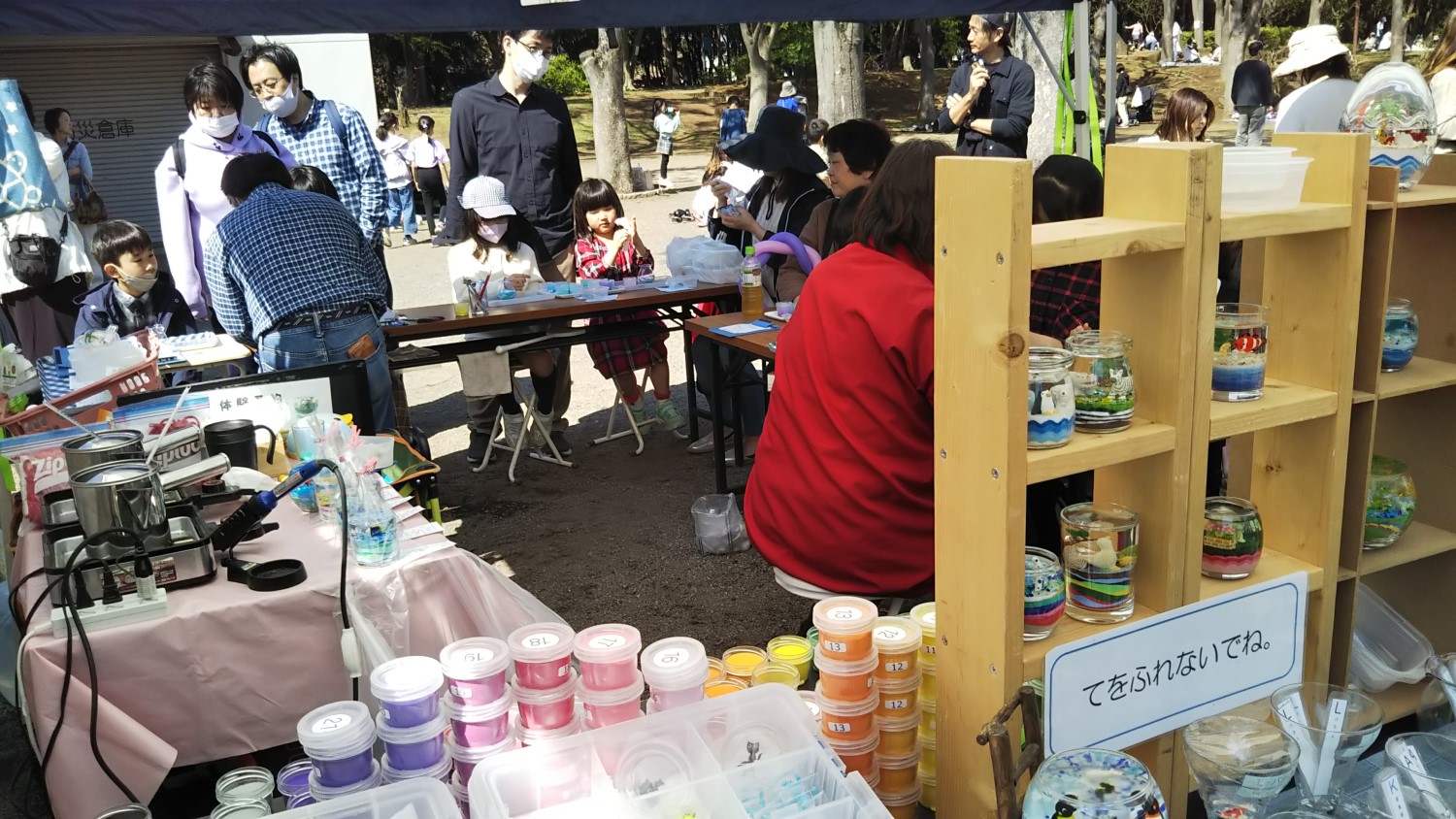
Adults as well as children with their parents were enjoying dyeing, painting, woodworking, and other craftwork in the workshops. The event was promoted by Yuki Uno and the executive committee.
Chigasaki City Museum of Art
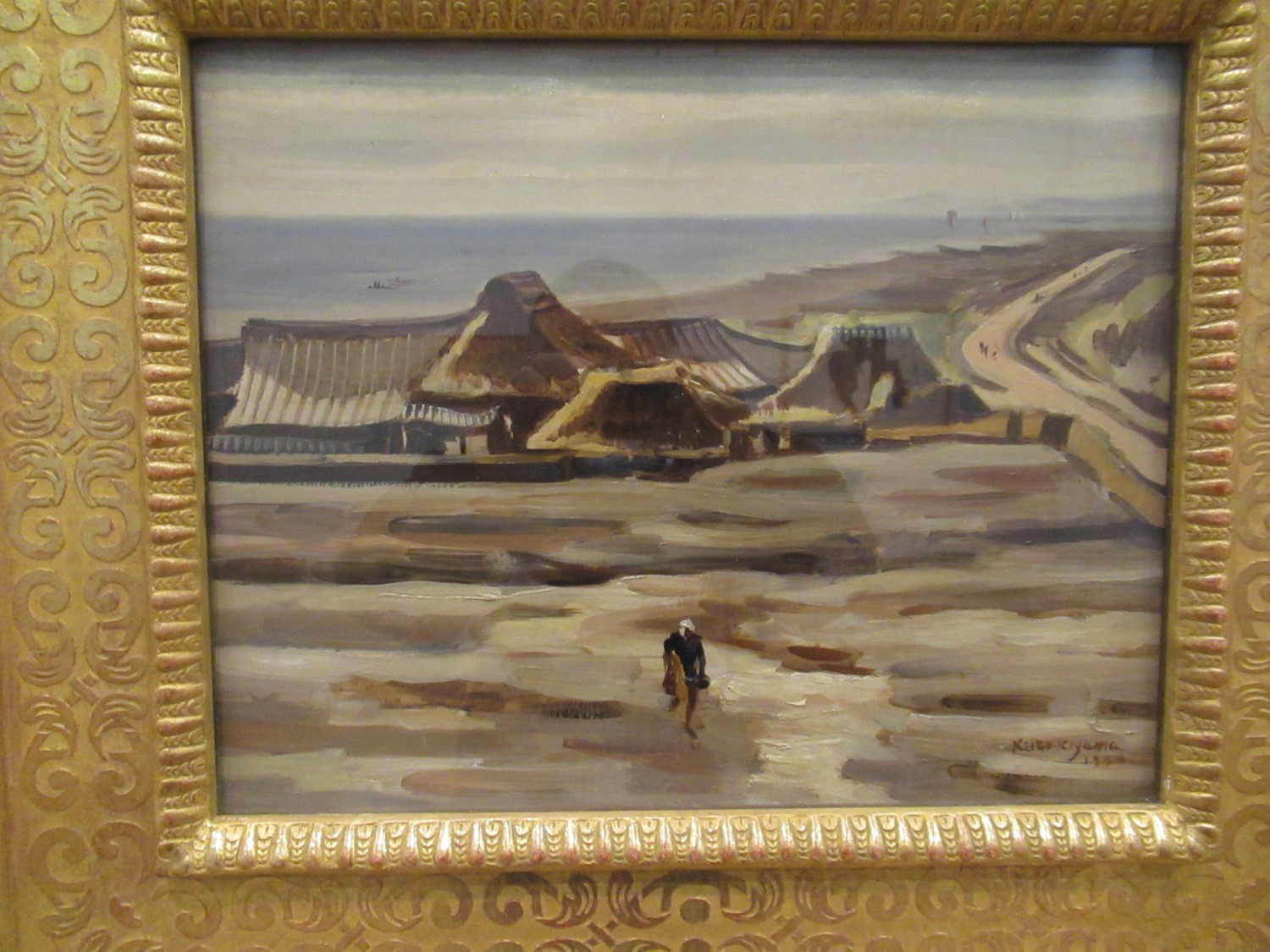
An exhibition entitled “渉るあいだに佇む”, or Wataru aidani tatazumu, which means “to stand still while walking,” is taking place. The city museum houses about 2,000 works, many of which are drawn by artists who once lived in the city. On display are works by Tetsugoro Yorozu, Gyoshu Hayami, Jukichi Yagi, Keizo Koyama, Itoji Mitsuhashi, Yuich Inoue, which show the museum’s 25-year carrier.
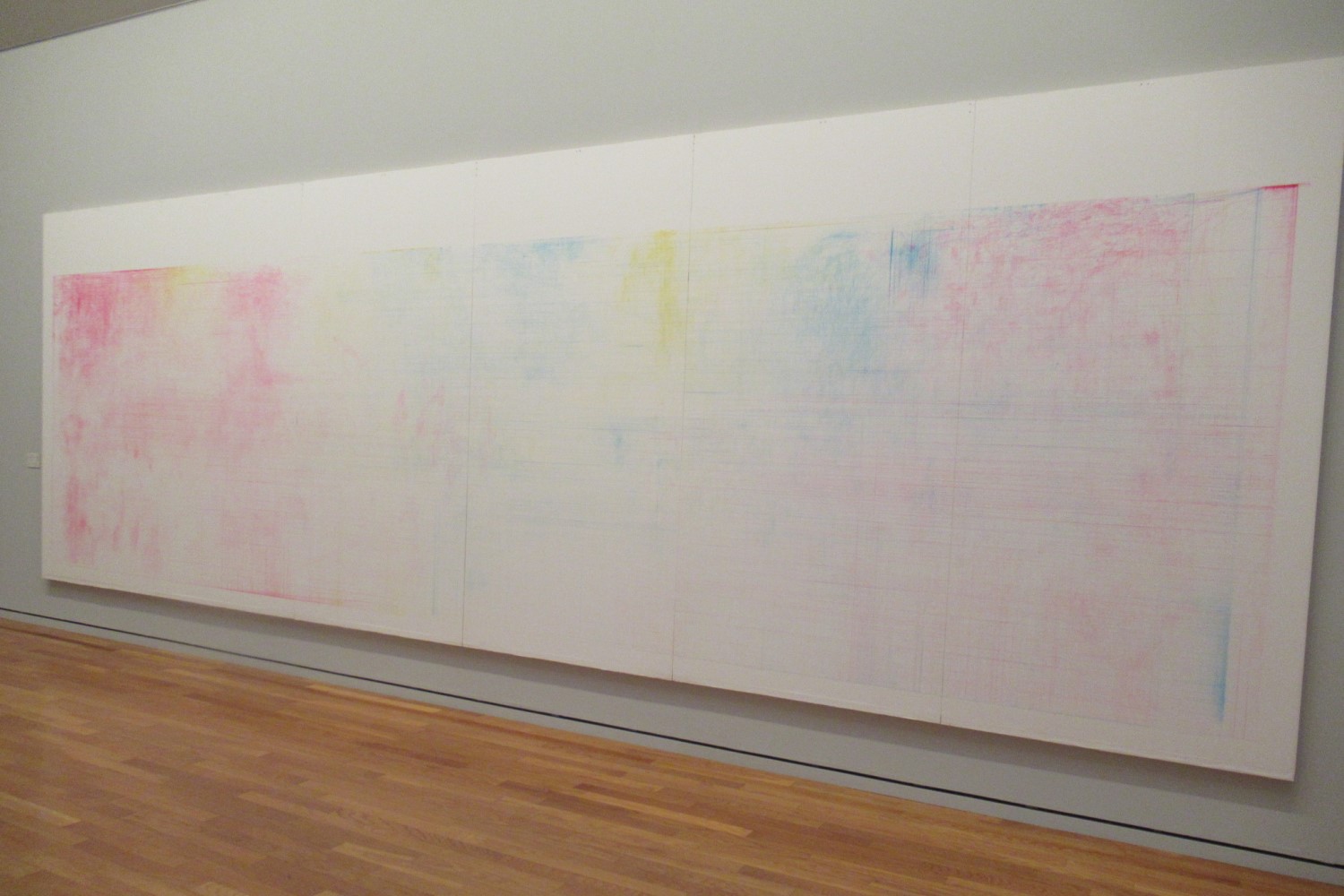
In addition, works by contemporary artists are also exhibited. They may give visitors an impression that modern artists pursue their ways to represent something they have in mind. These works show they have a lot of originality, and they probably spend their energy on polishing it.
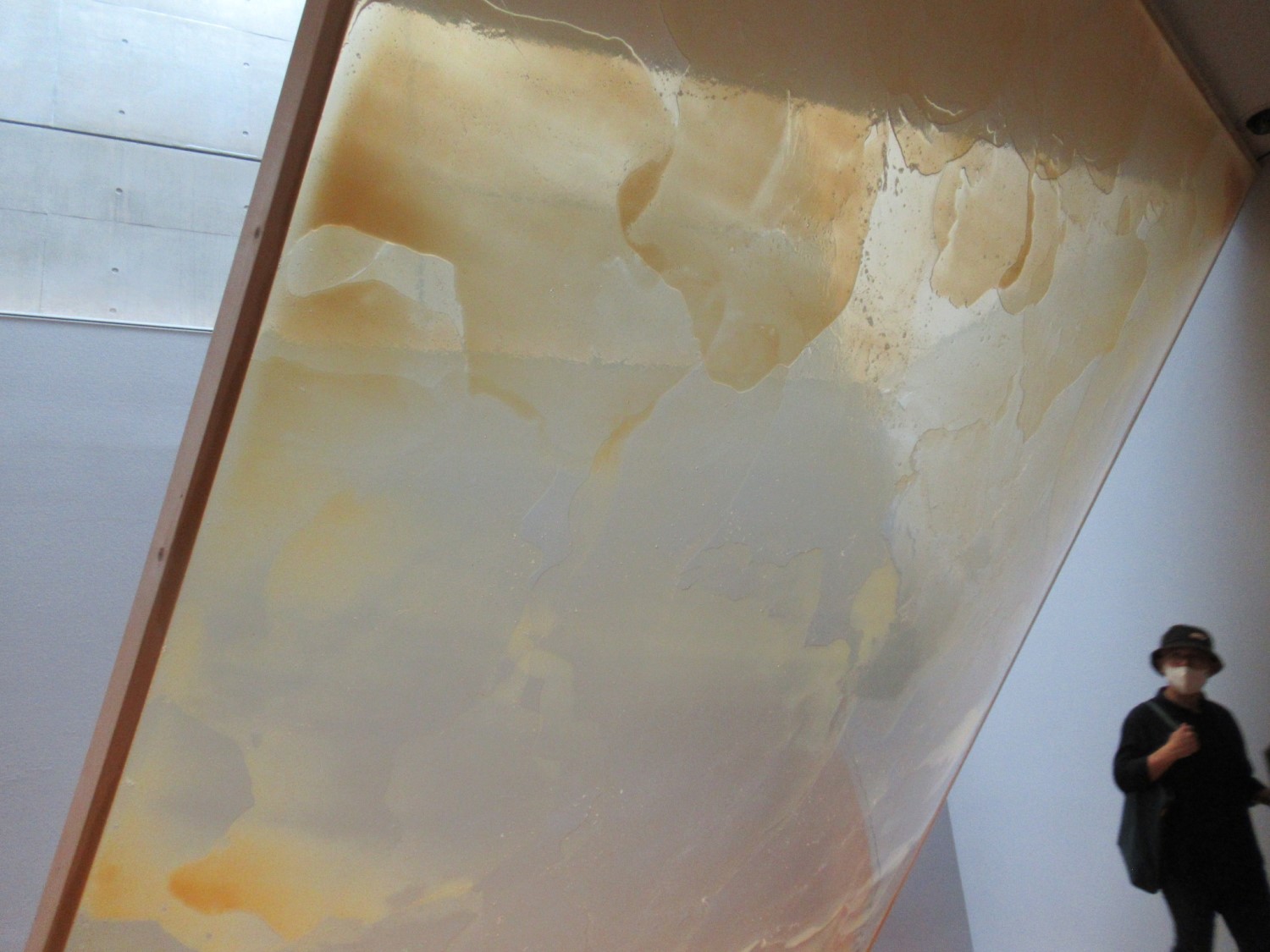
Visitors may stand still in front of many works, wondering what these works intend to tell visitors. Works by noted artists, and by young active artists make a vivid contrast, showing art changes with the times. The development of technologies provides new painting materials for artists, and artists open up new fields by using them. The exhibition may broaden visitors’ views. The exhibition is to be continued until June 11 (Sun).
Events in May
Citizen Gallery on the fourth floor of N’EST-CE PAS Chigasaki
● A picture exhibition entitled “Kirabiyakana Mihotokeno Sekai, or The Gorgeous Buddha’s World” by the Buddhist painting group: May 16th (Tue) 13:00 ~ 18:00, the 17th (Wed) to 20th (Sat) 10:00 ~ 18:00, the 21st (Sun) 10:00 ~ 16:00
● The 34th Group Sai picture exhibition by Groupe Sai: May 23 (Tue) 13:00 ~ 17:00, the 24th (Wed) to the 27th (Sat) 10:00 ~ 17:00, the 28th (Sun) 10:00 ~ 16:00
● The fourth solo exhibition of pictures for postcards by Syogo Kawasaki: May 30 (Tue) 13:00 ~ 18:00, May 31 (Wed) to June 3 (Sat) 9:30 ~ 18:00, the 4th (Sun) 9:30 ~ 17:00
Shonan Festival 2023
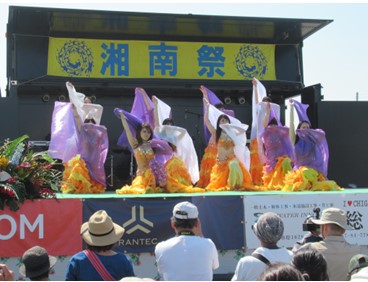
One of the city’s four major festivals, Shonan Festival, will be held rain or shine for the first time in four years. Southern Beach will be crowded with people. How about enjoying a festive mood on May 27 (Sat) and 28 (Sun) from 10:00 to 16:00.
Photo on the right: Shonan Festival 2019